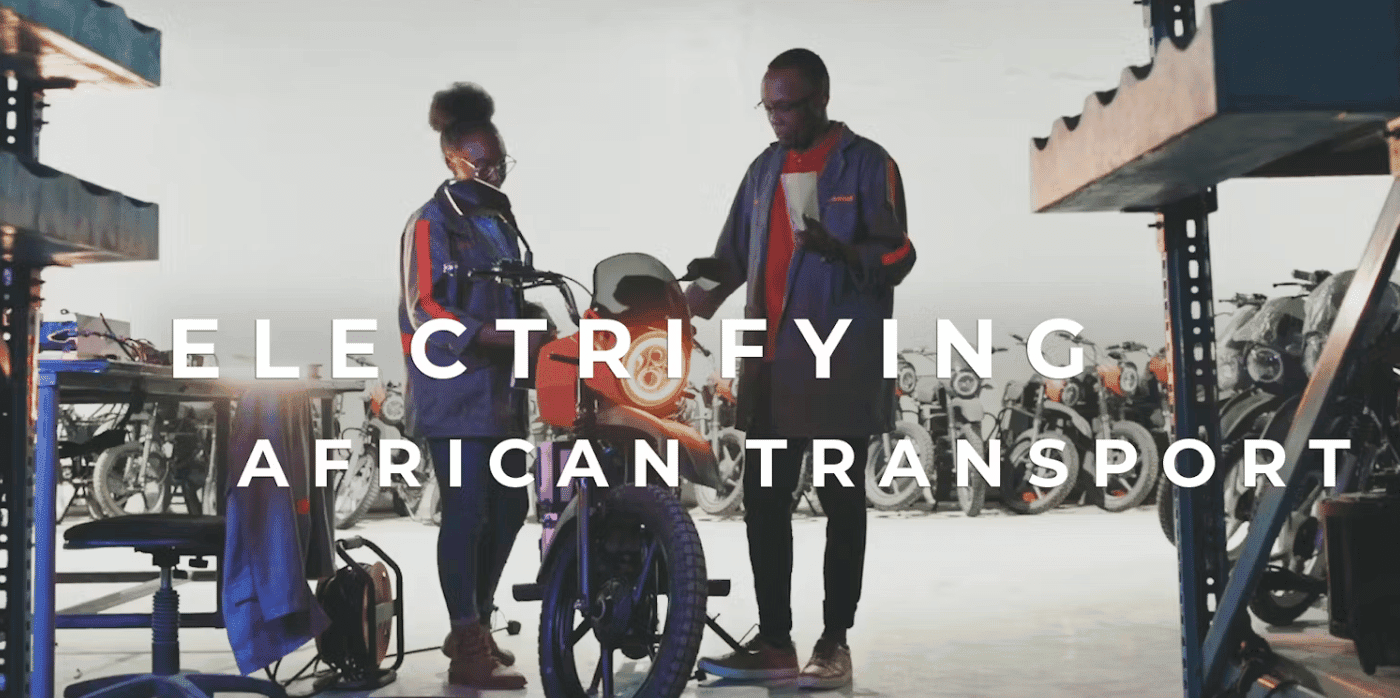
According to the International Energy Agency, 10 per cent of passenger vehicles sold globally in 2022 were all-electric – ten times more than were sold five years ago. In sub-Saharan Africa, where solar energy is abundant, electric vehicles (EVs) represent a pathway to a low-cost, low-emissions transport future – which is not only great news in terms of tackling the climate crisis, but also in terms of improving air quality in many cities. Nairobi in Kenya is the fourth most congested city in the world, and suffers from air pollution that consistently exceeds World Health Organization guidelines. Kenyan electric transport company Roam is building affordable, clean energy vehicles which promise to revolutionise transport in Africa.
To date, mass adoption of EVs in African countries has not been possible because most models are not designed for use in Africa, where the vast majority of travellers rely on various forms of public transport rather than private vehicles. While road conditions are generally good in the Kenyan capital, some remain unsurfaced and so develop potholes. And once you are out of the city centre, less than six per cent of roads in Kenya are tarmacked. To overcome this challenge, Kenyan electric mobility company Roam Electric has designed a range of specifically adapted e-motorbikes and buses suitable for African terrain.
The bikes are an affordable and efficient solution for Nairobi’s Boda Boda taxi drivers, who give commuters lifts on motorbikes. The Roam bikes can cut the drivers’ costs by 50 per cent and are more attractive to customers as they offer a smoother ride. For the 43 per cent of Nairobians who use public transport, the ‘Roam Move’ and ‘Roam Rapid’ electric buses have helped to create a more integrated public transport system that can bring people in from more rural areas.
Like other cities around the world, Nairobi is growing fast, and around 200,000 fossil-fuelled vehicles are added to its roads each year. Roam Electric promises a viable alternative, tailored to suit the specific needs of the city’s landscape and people; a model that can be developed and adapted across Sub-Saharan Africa.
Video and article credit: RE:TV

